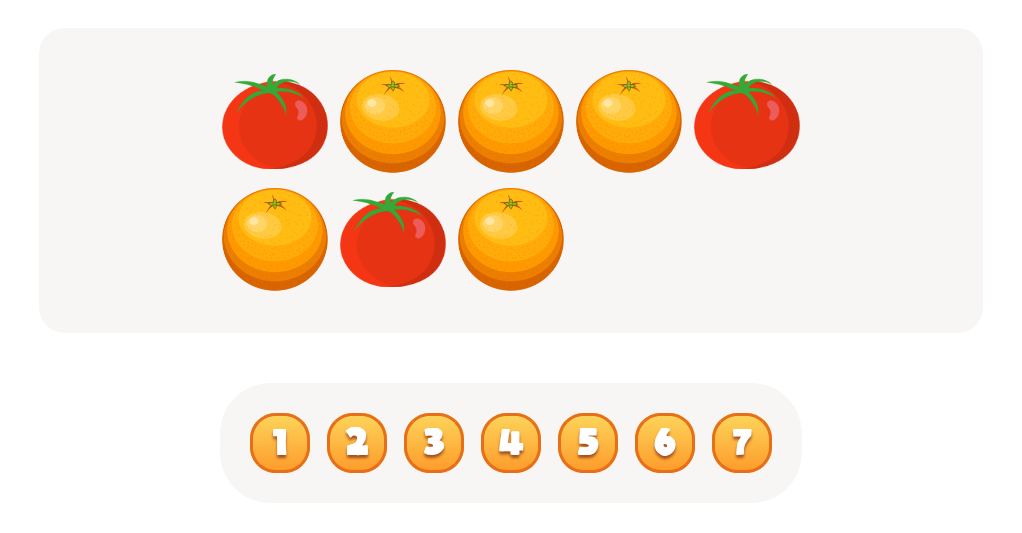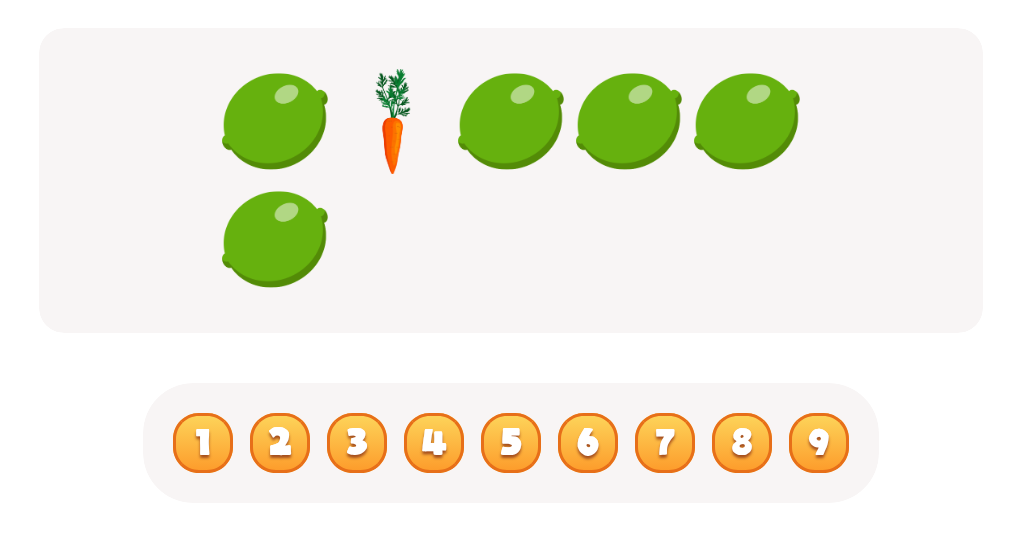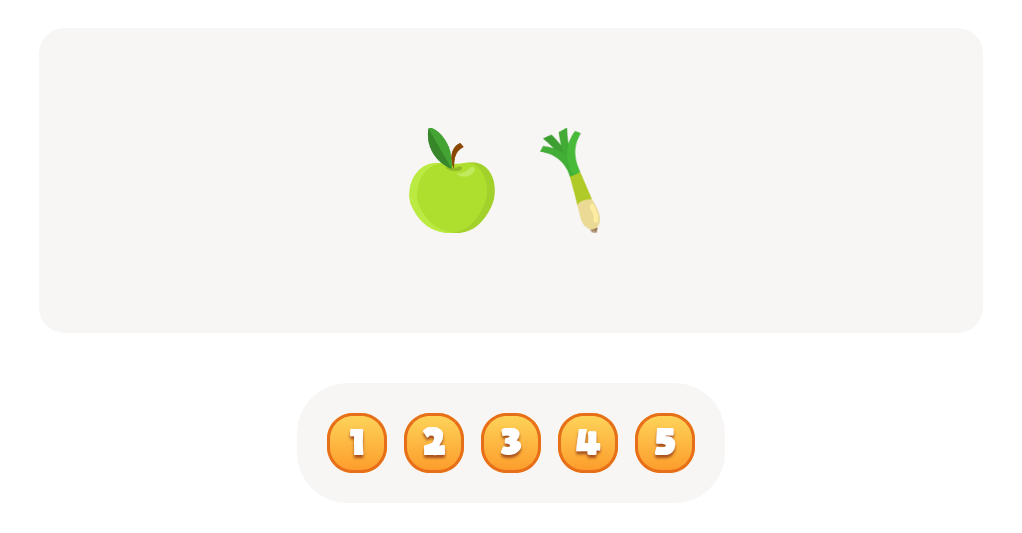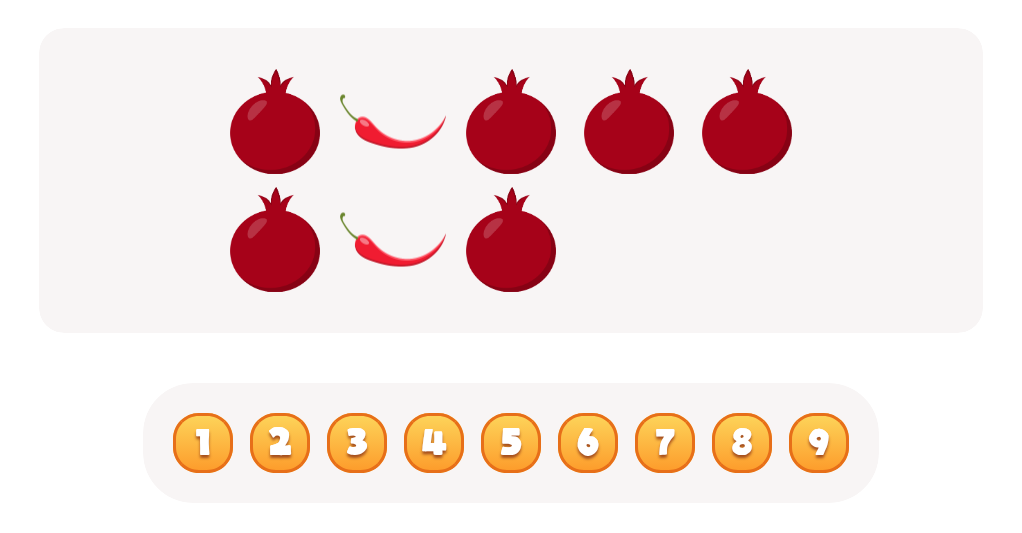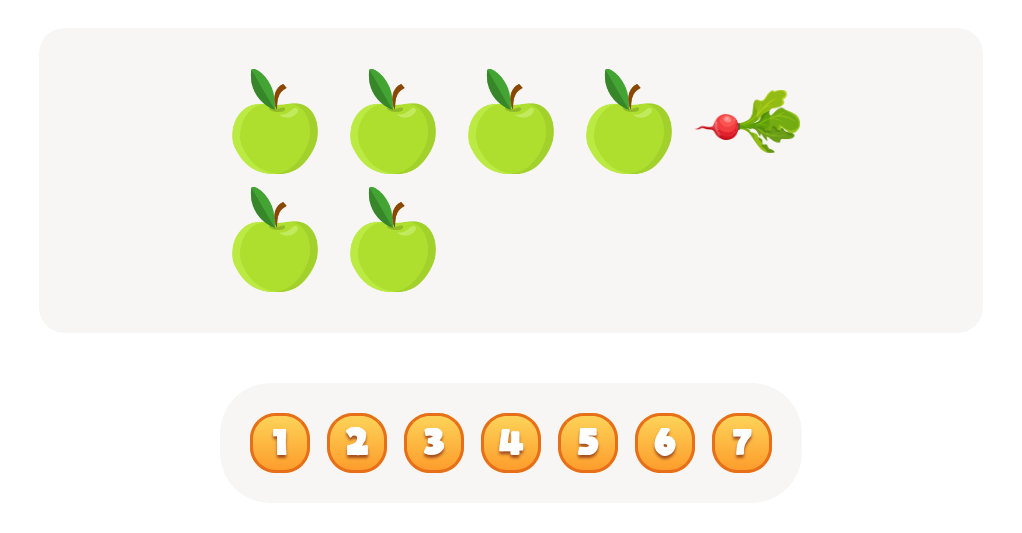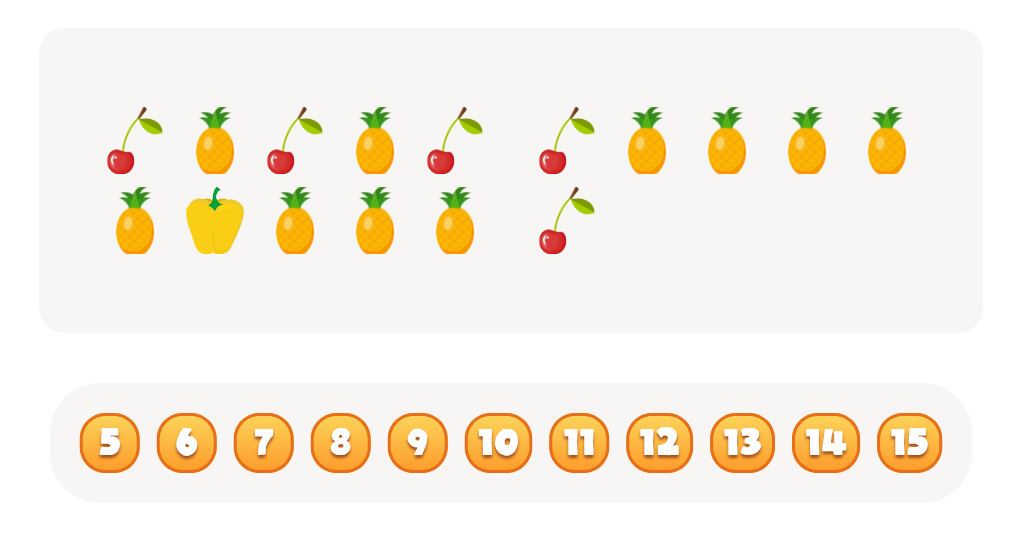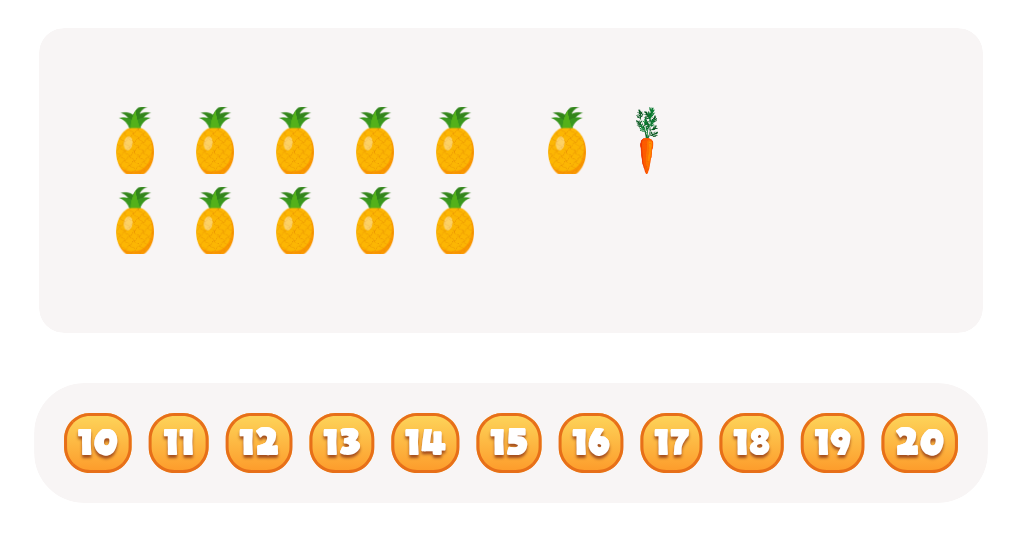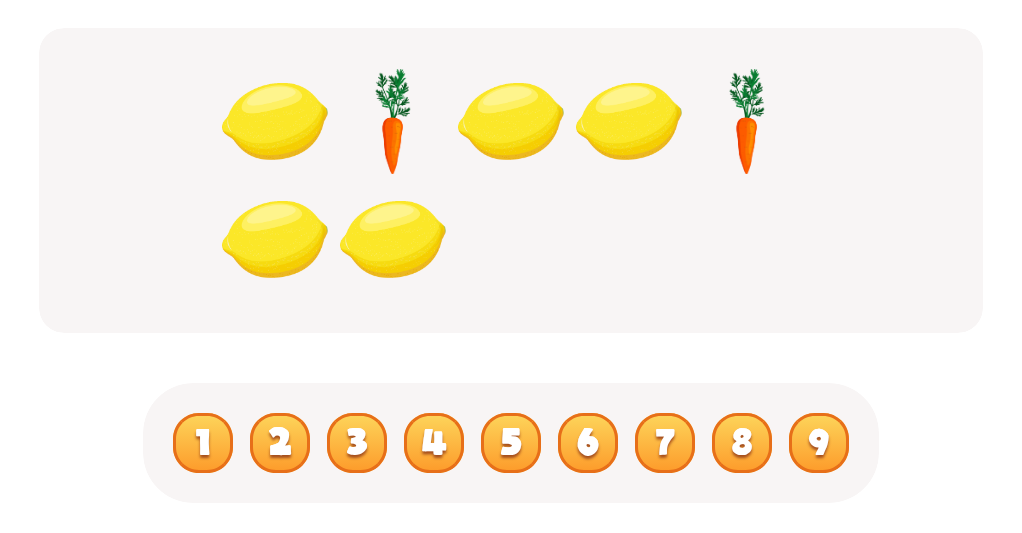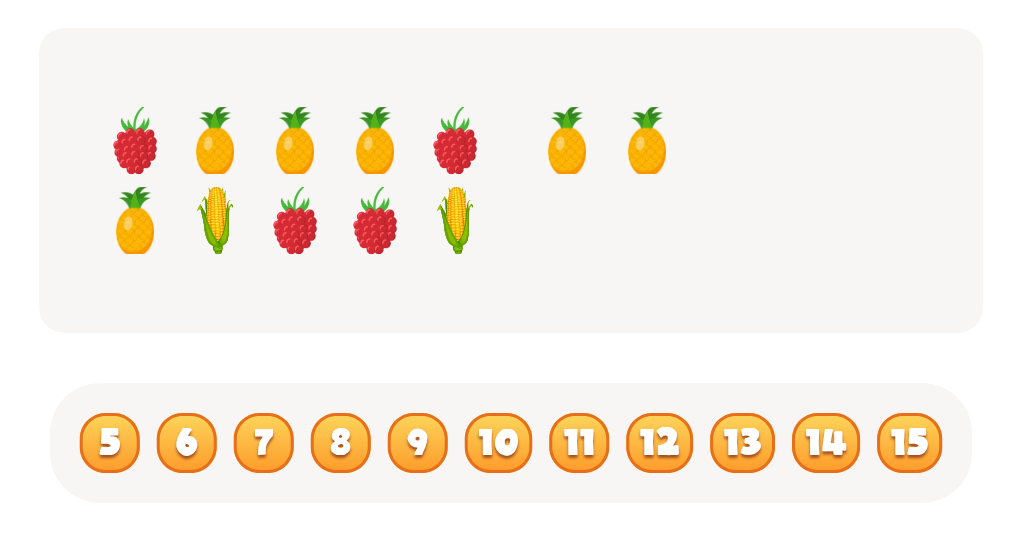Learning about ecosystems Normal Plants and Animals Worksheets for Ages 5-9
3 filtered results
-
From - To
Discover "Learning about Ecosystems: Normal Plants and Animals Worksheets for Ages 5-9" tailored to young naturalists! Our engaging printable worksheets introduce kids to the fascinating world of ecosystems, covering the diversity of plants and animals in various habitats. Crafted to match the natural curiosity and learning styles of ages 5-9, these worksheets foster critical thinking, observation, and environmental awareness. From identifying common animals to understanding plant life, each activity promotes hands-on learning and scientific exploration. Spark your child's interest in biology and help cultivate a lifelong love for nature with our fun and educational resources.
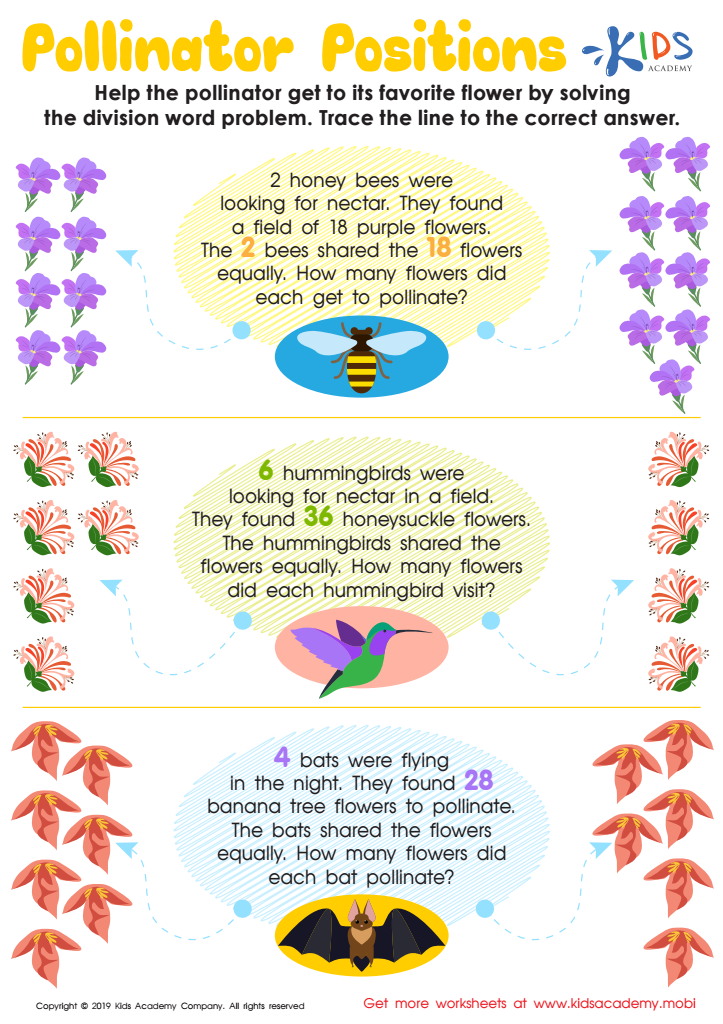

Pollinator Positions Worksheet
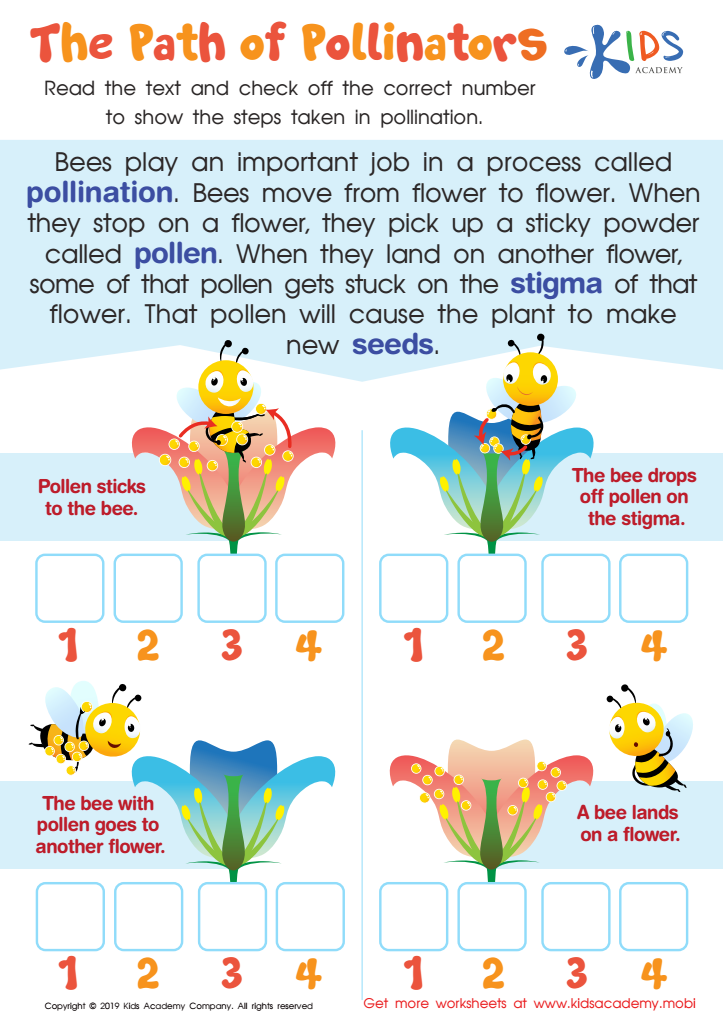

The Path of Pollinators Worksheet
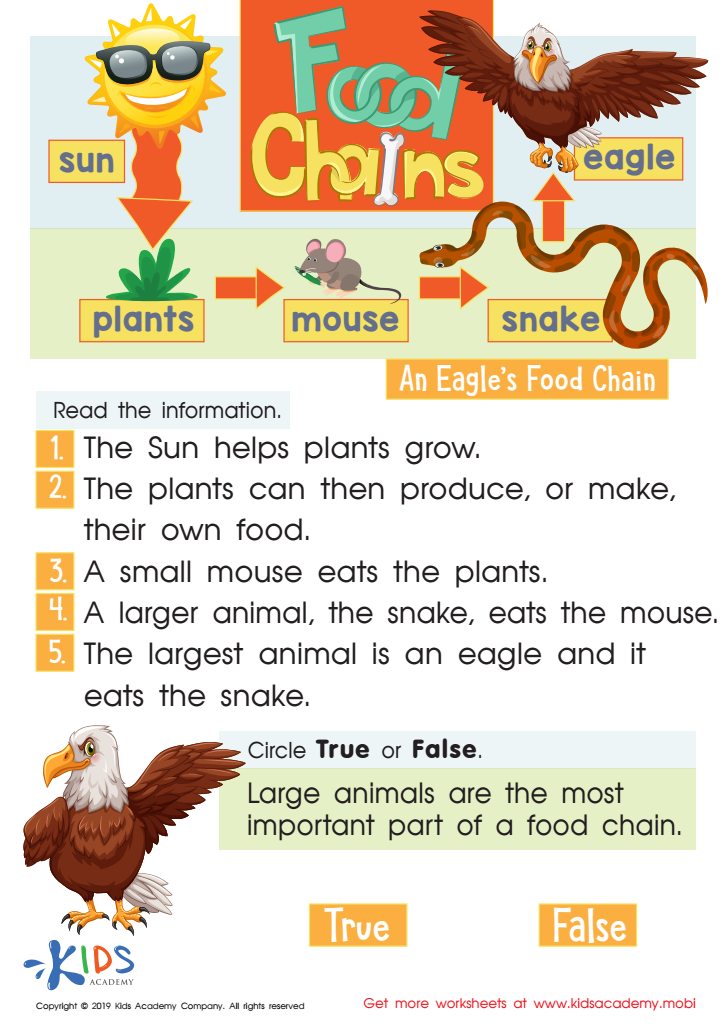

Food Chains Worksheet
Introducing young children, ages 5-9, to the concepts of ecosystems, normal plants, and animals is crucial for several reasons. At this formative age, children's natural curiosity is at its peak, making it the perfect time to embark on learning journeys that shape their understanding of the world. By teaching them about ecosystems, we help them recognize the interconnectedness of all living things. Children learn that plants, animals, and their environments depend on each other for survival, which instills a sense of responsibility and empathy for nature.
Understanding ecosystems also lays the groundwork for future scientific learning, promoting observational skills, critical thinking, and problem-solving abilities. When children observe plants and animals in their natural habitats, they develop a richer vocabulary and gain practical knowledge, sparking a lifelong interest in science and exploration.
Moreover, learning about ecosystems encourages environmental stewardship from a young age. Children who are educated about the importance of preserving nature are more likely to adopt sustainable habits and advocate for the environment as they grow older. This early foundation not only contributes to their personal growth and well-being but also to the collective future of our planet.
Thus, investing time in teaching young children about ecosystems, plants, and animals enriches their education and fosters a generation that values and protects the natural world.
 Assign to My Students
Assign to My Students

